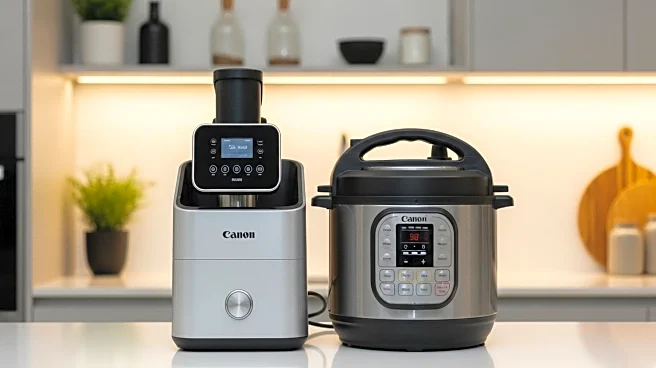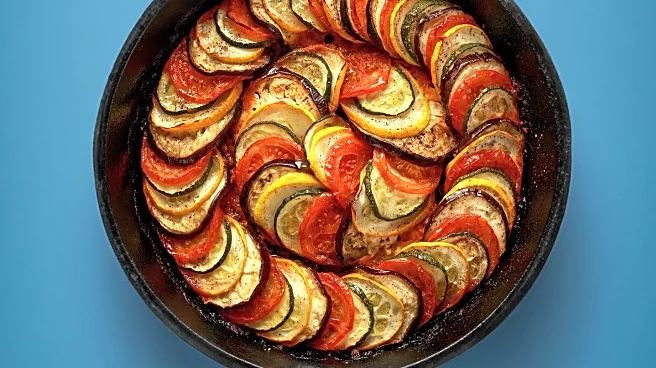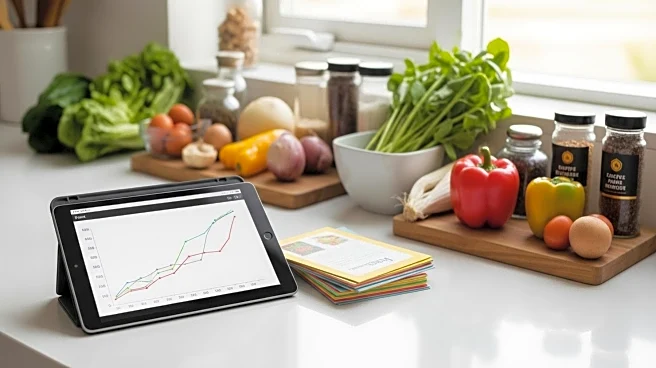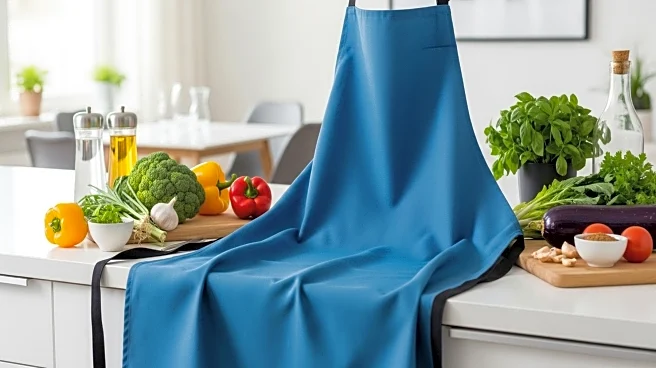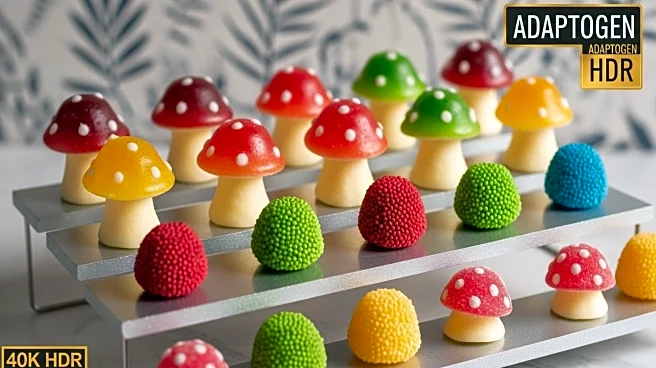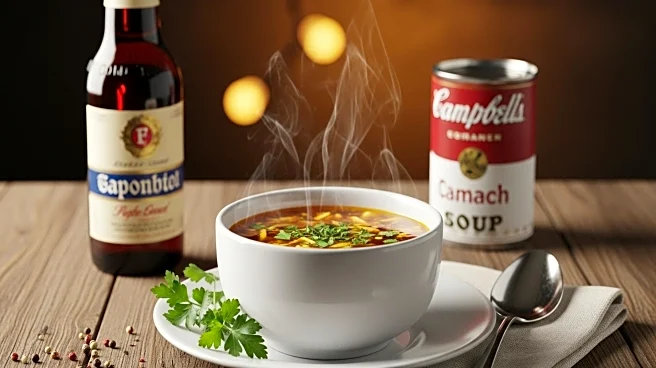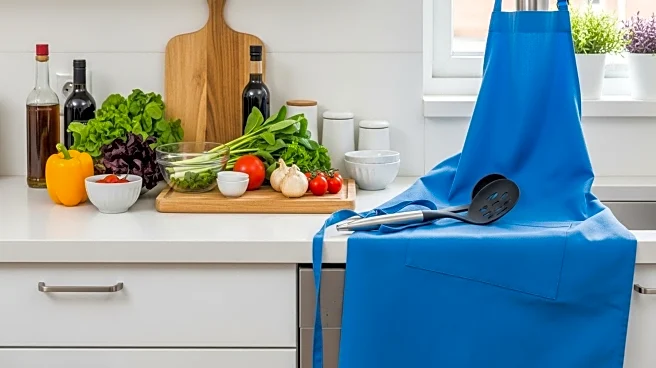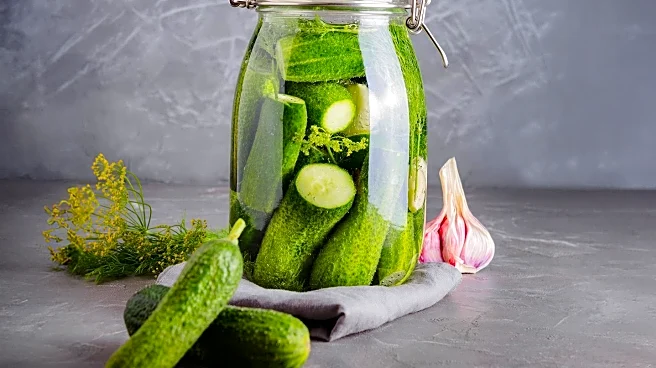What's Happening?
Recent research has investigated the impact of sous vide (SV) cooking under high pressure (HP) on the quality of pork loins. The study compared conventional cooking (CC) methods with SV and SV under varying high-pressure conditions. It found that SV cooking under HP can modify the thermal stability of meat proteins, influencing moisture retention, tenderness, and color. The research highlighted that SV under HP treatment resulted in lower cooking loss and improved water-binding properties compared to CC and SV at atmospheric pressure. Additionally, SV under HP enhanced the texture and appearance of pork loins, making them more tender and visually appealing. The study suggests that SV cooking under HP could be a promising technique for improving the eating quality of pork loin.
Why It's Important?
The findings of this study have significant implications for the food industry, particularly in the processing of lean meats like pork loin. By enhancing tenderness and moisture retention, SV cooking under HP could increase consumer acceptance and preference for pork products. This method offers a potential solution to the common issue of dryness and toughness in cooked pork, which can negatively impact consumer satisfaction. Furthermore, the ability to produce pork with a rare-like appearance while ensuring safety through high-pressure treatment could open new market opportunities for pork products. The study also suggests that SV cooking under HP could be applied to other underutilized pork cuts, potentially increasing their value and reducing waste.
What's Next?
Further research is needed to develop pilot-scale systems for the industrial application of SV cooking under HP. The study indicates that advancements in high-pressure technology could support the widespread adoption of this method in food processing. Additionally, exploring the effects of prolonged high-pressure treatment on muscle proteases and other enzymes could provide deeper insights into the mechanisms behind improved meat quality. As the food industry seeks innovative ways to enhance product quality and consumer satisfaction, SV cooking under HP presents a promising avenue for future exploration and development.
Beyond the Headlines
The study highlights the potential of SV cooking under HP as an upcycling technology for various pork cuts beyond pork loin. This approach could contribute to more sustainable meat processing practices by maximizing the value of underutilized cuts. Additionally, the research underscores the importance of understanding protein structural changes under different cooking conditions, which could inform the development of new cooking techniques and technologies. As consumer preferences evolve, the ability to offer high-quality, tender, and visually appealing meat products will be crucial for the food industry's success.
